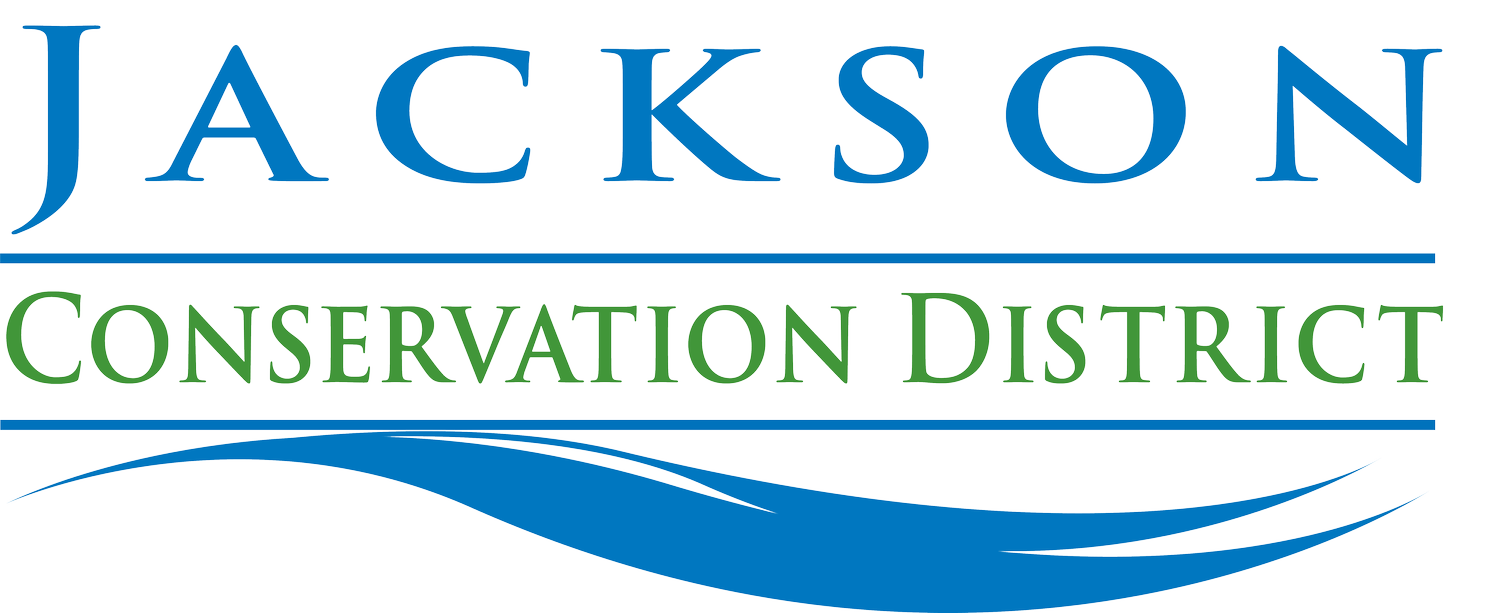Big Bluestem Michigan Genotype
(Andropogon gerardi): The most prevalent and widely distributed of all prairie grasses. Seeds mature in September or October. Growing 5-8’ it responds best on well-drained sites containing loamy sands, sandy loams, and loams but will also grow on poorly drained soils and wet areas. It produces a distinctive three-parted seed head that resembles a turkey foot. The lush green of the leaves and stems change with the first frost to an attractive reddish-copper color that pro-vides landscape interest well into the winter. Big bluestem is palatable to livestock when pastured during the growing season and is often referred to as the “prairie king” because of its importance in native grasslands.
Common planting rate using the no-till drill is 4–5.5 lbs of Pure Live Seed (PLS) per acre. If broadcasting, frost seeding, etc., the amount should be increased by at least 25%. (Description sourced from MDNR.)
*Sold by the pound*
(Andropogon gerardi): The most prevalent and widely distributed of all prairie grasses. Seeds mature in September or October. Growing 5-8’ it responds best on well-drained sites containing loamy sands, sandy loams, and loams but will also grow on poorly drained soils and wet areas. It produces a distinctive three-parted seed head that resembles a turkey foot. The lush green of the leaves and stems change with the first frost to an attractive reddish-copper color that pro-vides landscape interest well into the winter. Big bluestem is palatable to livestock when pastured during the growing season and is often referred to as the “prairie king” because of its importance in native grasslands.
Common planting rate using the no-till drill is 4–5.5 lbs of Pure Live Seed (PLS) per acre. If broadcasting, frost seeding, etc., the amount should be increased by at least 25%. (Description sourced from MDNR.)
*Sold by the pound*
(Andropogon gerardi): The most prevalent and widely distributed of all prairie grasses. Seeds mature in September or October. Growing 5-8’ it responds best on well-drained sites containing loamy sands, sandy loams, and loams but will also grow on poorly drained soils and wet areas. It produces a distinctive three-parted seed head that resembles a turkey foot. The lush green of the leaves and stems change with the first frost to an attractive reddish-copper color that pro-vides landscape interest well into the winter. Big bluestem is palatable to livestock when pastured during the growing season and is often referred to as the “prairie king” because of its importance in native grasslands.
Common planting rate using the no-till drill is 4–5.5 lbs of Pure Live Seed (PLS) per acre. If broadcasting, frost seeding, etc., the amount should be increased by at least 25%. (Description sourced from MDNR.)
*Sold by the pound*

